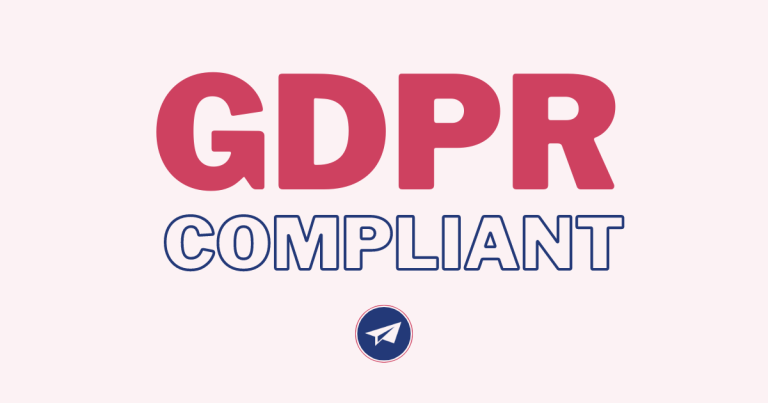The disparity between the experience a business delivers versus the experience its customers expect is commonly referred to as the “experience gap”. To attract and retain customers, companies around the globe are racing to close the gap by connecting experience data with operational data
What is operational data?
Operational data (o-data) describes what is actually happening in your business. Your existing operational data – such as sales numbers, costs, customer service logs, transactions, etc. provide you with the information you need to implement business procedures and processes.
What is experience data?
Experience data (x-data) refers to information that helps you gain a better understanding of how your customers feel before, during, and after every interaction they have with your brand. The key to reliable x-data is a feedback program designed to gauge customer sentiment across different touchpoints in the customer journey.
For the most part, operational data is readily available. What most companies are lacking is the experience data. So, the first step towards setting up an analytics goldmine is to start collecting experience data. A well-thought-out and successfully implemented customer feedback process will allow you to gather feedback from different contact points in the customer journey.
Once you start collecting experience data, consider centralizing it in order to make it as easily accessible as possible. To bring your x-data to the desired location you can use integrations between the systems you use to collect data and the systems you use to manage and analyze it.
Why is it important to link experience data and operational data?
Linking experience and operational data will allow you to continuously improve your product or service and deliver a tailored experience. This approach will enable you to:
- control the final outcome of the customer experience
- stand out from the competition
- cut down operational costs
- boost productivity and efficiency
Let’s take a closer look:
Control your customer experience
By combining experience data that monitor sentiment with factual operational data you’ll be able to connect fact and feeling. This will empower you to not only understand what your customers are doing but also why. You can, therefore, better meet and manage customer expectations in a way that doesn’t leave their experience to chance.
Stay ahead of the competition
Data and technology can be used to transform and disrupt the ways in which you interact with your customers. Combining human sentiment with operational information you can act in real-time, offer a personalized experience, and deliver better results. An improved cx will give you a competitive advantage.
Cut down costs
Merging experience and operational data can deliver impressive results. Experience data drills down into client preferences. When combined with operational data it can help you reduce business risks and costs by increasing customer satisfaction and retention, reengineering processes, and anticipating needs. Moreover, by adjusting your offerings based on the voice of the customer you can:
- remedy negative experiences
- win back disappointed customers
- and maximize existing revenue streams.
Boost productivity and efficiency
X- and O- data insights can help you correlate customer experiences and employee experiences by recognizing top-performing employees, identifying needs for training, and uncovering the root causes that drive employee dissatisfaction. This will lead to increased efficiency and lower employee turnover.
Did you like the post?
You might also like:

Surveypal
Everything you need to lead and improve your customer experience. Learn more at surveypal.com, or







